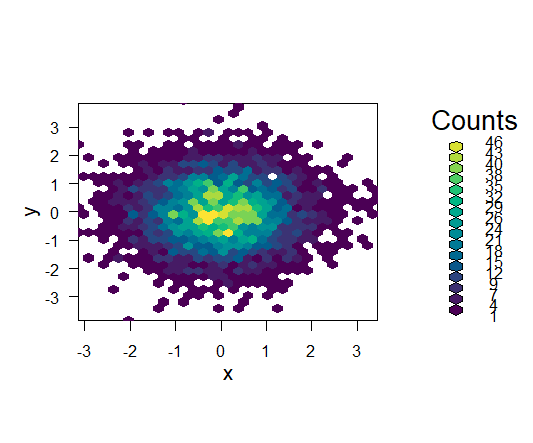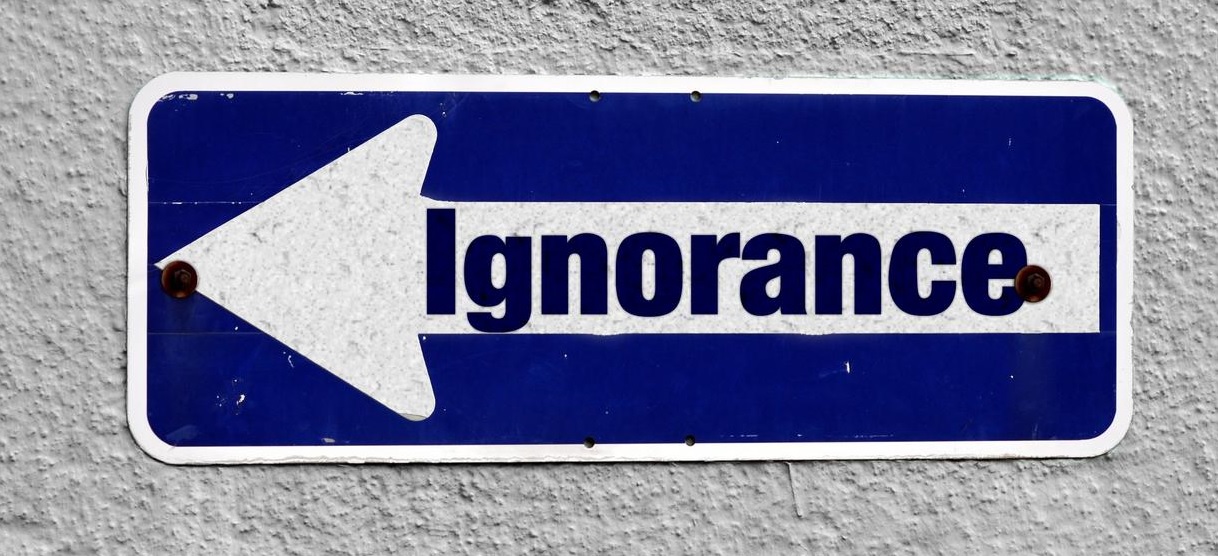In this lesson, we’ll look at how to integrate R with Hadoop. For Big Data analysis, we’ll show you a variety of R and Hadoop integration strategies.
When it comes to large data, R is the go-to tool for data scientists and analysts. It may be ideal for many data science jobs, but when it comes to memory management and processing massive data sets, it falls short (petabyte-scale).
R requires that the data be in the current machine’s memory. R packages can be used for distributed computing. However, before the packages can disseminate the data to other nodes, you must first load the data into memory.
What is R Programming?
R is a programming language that is free and open-source. It works best for statistical and graphical analyses. Also, if we require robust data analytics and visualization capabilities, we must mix R and Hadoop.
What is Hadoop?
Hadoop is a free and open-source solution for storing enormous amounts of data. The Apache Software Foundation built it.
Hadoop is a distributed data processing system that can store and process huge data sets in a scalable cluster of computer servers. It has the ability to process both organized and unstructured data. This allows consumers more freedom in terms of data collection, processing, and analysis.
What is the goal of integrating R and Hadoop?
For statistical computation and data analysis, R is one of the most popular programming languages. However, without the inclusion of other packages, it falls short in terms of memory management and handling massive amounts of data.
Hadoop, on the other hand, with its distributed file system HDFS and map-reduce processing technique, is a powerful tool for processing and analyzing enormous amounts of data. Simultaneously, Hadoop and R make complicated statistical calculations as simple as they are with R.
R’s statistical computing capabilities may be merged with efficient distributed computing by combining these two technologies. As a result, we can:
To run the R scripts, use Hadoop.
R may be used to retrieve Hadoop data.
Methods for Integrating R and Hadoop
For combining R programming with Hadoop, there are four options:
1. R Hadoop
The R Hadoop approach is made up of three packages. We’ll go over the features of each of the three bundles in this section.
The rmr package
It adds MapReduce capabilities to the Hadoop framework. It also performs functions by executing R’s Mapping and Reducing codes.
The rhbase package
It will give you R database administration capabilities, as well as HBase interaction.
The rhdfs package
It’s the HDFS integration’s file management features.
2. Hadoop Streaming
It’s an R database management system with HBase connectivity. Hadoop streaming is an R script that is part of the CRAN R package.
R will also be more accessible to Hadoop streaming applications as a result of this. Additionally, you may use this to write MapReduce programs in languages other than Java.
It entails developing MapReduce routines in the R programming language, making it incredibly user-friendly. Although Java is the primary language for MapReduce, it is not suitable for high-speed data analysis.
As a result, we now require Hadoop to perform faster mapping and reduction stages.
Hadoop streaming has grown in popularity since the programming may be written in Python, Perl, or even Ruby.
Dealing With Missing values in R
3. RHIPE
The R and Hadoop Integrated Programming Environment (RHIPE) stands for R and Hadoop Integrated Programming Environment.
Divide and Recombine created this comprehensive programming environment for analyzing big amounts of data efficiently.
It necessitates the use of R and the Hadoop integrated programming environment. RHIPE data sets can also be read using Python, Java, or Perl.
RHIPE has a number of functions that allow you to communicate with HDFS. As a result, you can read and store the entire data set created by RHIPE MapReduce in this manner.
4. ORCH
Oracle R Connector is the name of the program. It may be used to work with Big Data in both Oracle appliances and non-Oracle frameworks such as Hadoop.
ORCH makes it easier to use R to connect to a Hadoop cluster and to develop mapping and reduction functions. The data in the Hadoop Distributed File System can also be manipulated.
5. IBM’s BigR
IBM’s BigR enables end-to-end interaction between BigInsights and R, IBM’s Hadoop package. Instead of MapReduce jobs, BigR allows users to focus on the R program to analyze data stored in HDFS.
The BugInsights and BigR technologies work together to deliver parallel R code execution over a Hadoop cluster.
Summary
We looked into the interaction of R and Hadoop in depth. We learned about the various ways to integrate R programming with Hadoop.
In today’s market, integrating R with Hadoop clusters is a highly prevalent trend. R Hadoop integration can be accomplished in a variety of ways.
Hadoop Streaming appears to be the most popular. This is due to the lack of a client-side integration requirement. It also has the benefit of being able to function in a stable Hadoop environment.
R possesses exceptional analytical and visual abilities. Hadoop offers low-cost data storage and processing capacity that is nearly limitless. As a result, their partnership is an excellent choice for big data analytics.









